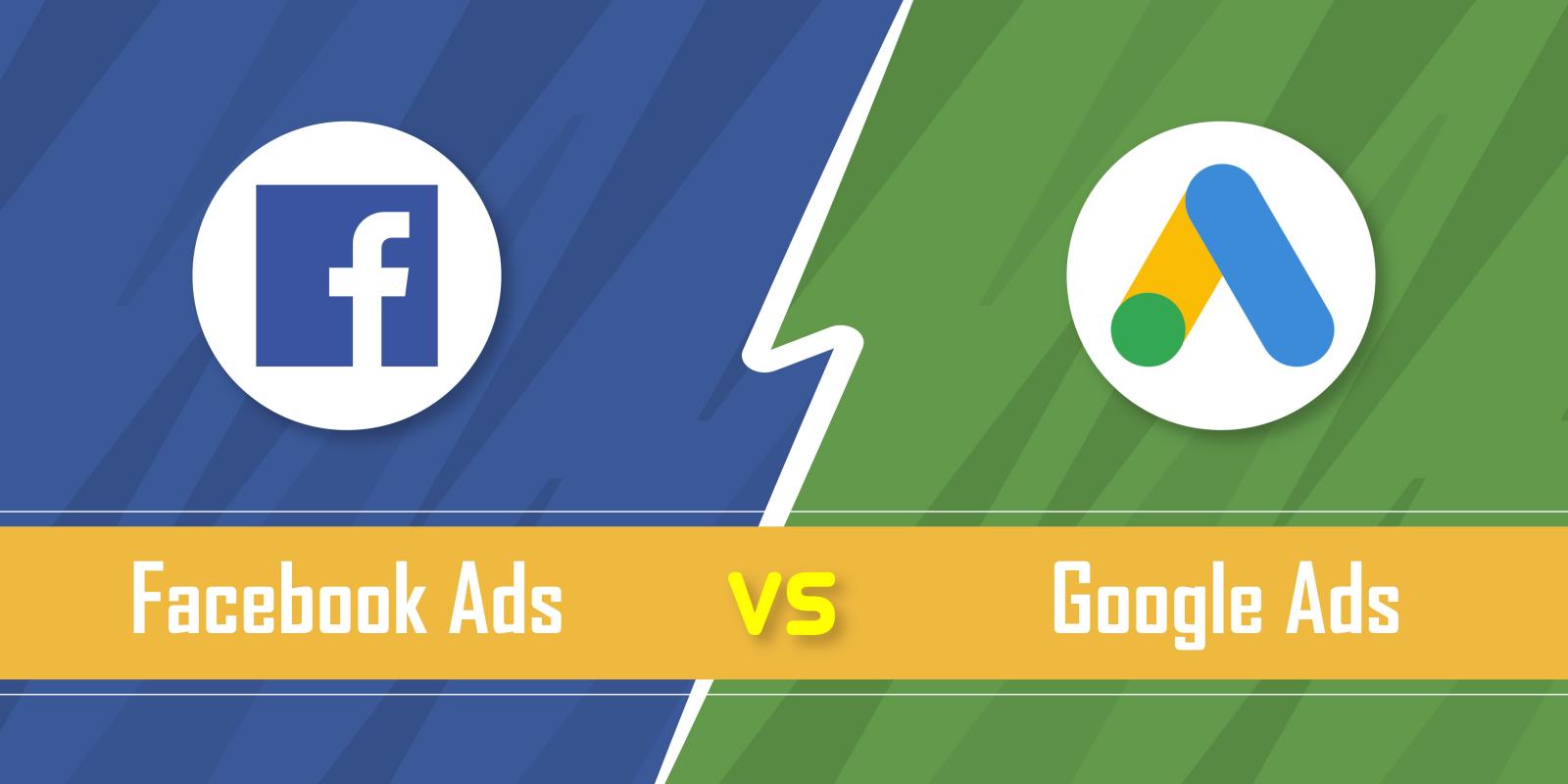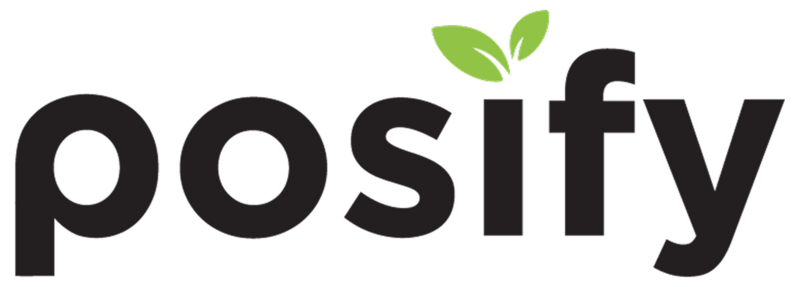【Retail Advertising Strategy】Facebook Ads vs. Google Ads: Which Platform Is Best for You?

Source: Designed by Posify
In today’s era of digital marketing, exposure and conversion no longer rely solely on traditional media. For retailers, the choice of advertising platform often determines whether your marketing budget can deliver maximum results. Especially with the rise of the O2O (Online to Offline) model, the key challenge for every retailer is learning how to integrate online advertising with offline store traffic.
Many merchants and marketers face the same dilemma: “Should I invest my limited budget in Facebook Ads or Google Ads?”
There is no single answer to this question, because the logic and advantages of the two platforms are very different. In this article, we’ll look at a real-life case, break down the differences step by step, and offer practical recommendations to help you find the right advertising mix.
Case Study: Alex’s O2O Snack Shop
Alex runs a specialty snack shop in Mong Kok and also sells through his online store.
He observed two typical types of customer behavior:
-
Some people search on Google for terms like “Japanese snacks Hong Kong,” “Oreo new flavor,” or “apple juice,” showing that they already have a clear buying intention.
-
Another group of younger customers prefers to follow snack updates on Facebook and Instagram, often discovering new products through social ads rather than active searching.
This left Alex wondering: Should his ad budget go into Google Ads or Facebook Ads?
.png)
Different Advertising Logics: Intent vs. Discovery
Google Ads: Capturing “Ready-to-Buy” Customers
When a consumer types “apple juice” into Google, they already carry a strong purchase intention. The strength of Google Ads lies in showing products at this exact moment of demand.
If Alex invests in Google Ads, whenever someone searches for “apple juice,” his online store can appear at the top of the results. By adding “location extensions,” the ad could also show the nearest physical store. While the cost per click is relatively high (say HK$5–10), the conversion rate tends to be much higher because these users are already prepared to buy.
In other words, Google Ads is all about intent marketing: customers are looking for solutions, and the ad’s job is to capture that purchase.
Facebook Ads: Creating Demand That Didn’t Exist
By contrast, Facebook Ads are push-based. Users scrolling through their feed may not be thinking about shopping, but a visually appealing ad or special offer can spark their interest.
For example, Alex wants to promote a newly imported Japanese apple juice. Most people won’t search for it on Google because they don’t even know it exists. But if Alex uses Facebook Ads to target users aged 18–35 who are interested in Japanese snacks and follow beverage-related pages, he can introduce this new product through a short, engaging video highlighting the juice’s color and taste, paired with a discount coupon to drive online sales.
Facebook Ads generally have a lower cost per click (around HK$2–5) and can bring in significant traffic. However, since users don’t initially have purchase intent, conversions rely more on brand building, continuous engagement, and remarketing strategies.
Cost and ROI: How to Allocate Your Budget?
Looking at Alex’s snack shop, both platforms have their strengths and limitations:
-
Google Ads: Higher cost per click but faster conversions—best for capturing existing demand.
-
Facebook Ads: Lower cost, wider reach, but requires long-term brand cultivation.
For Alex, the optimal solution isn’t choosing one over the other, but rather combining both. He can use Google Ads to target high-intent keywords like “apple juice” or “Japanese snacks,” ensuring he doesn’t miss ready-to-buy customers. At the same time, he can run Facebook campaigns to introduce new products and build brand awareness among younger demographics.
By installing Facebook Pixel, Alex can also retarget users who previously clicked on his ads or visited his website, steadily increasing the chance of conversion.
With this dual approach, Alex not only captures “ready-to-buy” customers but also plants the seed of “I want to try this” among potential buyers, creating a positive cycle between his online and offline stores.
Conclusion: How Should Retailers Decide?
If you’re a retailer in Hong Kong, start by asking yourself these three questions:
-
Do my customers actively search for products, or do they need to be inspired?
-
Am I selling fast-moving consumer goods (snacks, beverages) or high-ticket items (electronics, services)?
-
Is my goal immediate sales, or long-term brand building?
In general, Google Ads is better for instant demand, while Facebook Ads is better for brand cultivation. For most retailers, the two platforms are not mutually exclusive, but complementary.
Just like Alex’s O2O snack shop:
-
Google Ads helps him capture those who want to buy right now.
-
Facebook Ads helps him create curiosity and brand loyalty for future purchases.
Only by combining the two can retailers maximize their advertising investment.





